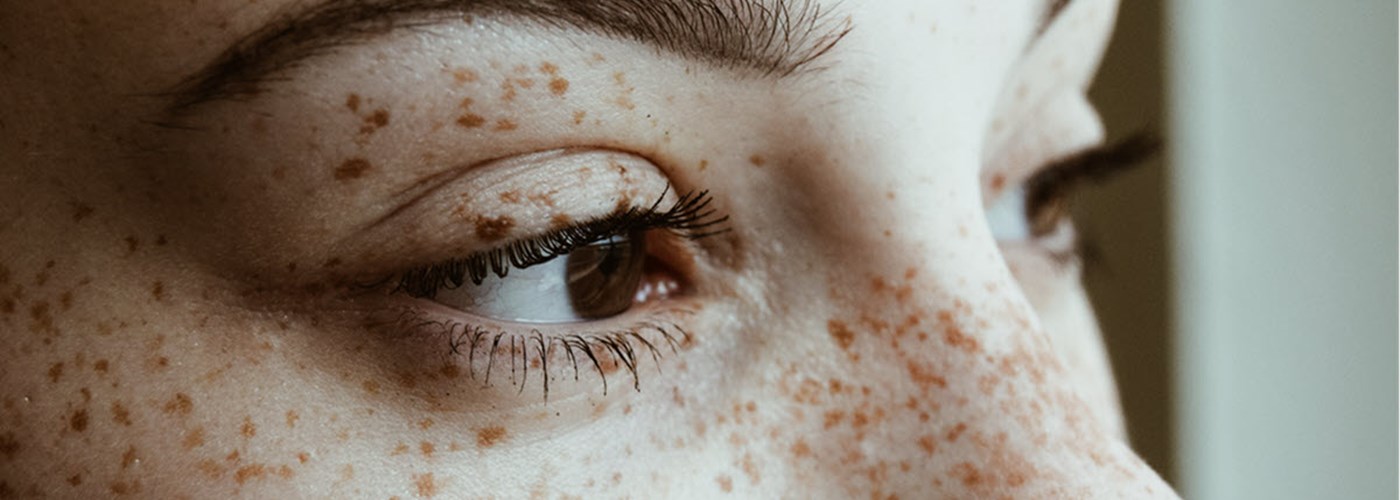What Is Mindfulness?
Often recommended by counsellors and talking therapists, mindfulness is a simple technique that can help bring a sense of calm and focus to your everyday life.
Rooted in meditation, mindfulness is a way of gently training your mind to stay present. For some people, it can be a helpful part of managing stress, anxiety, or depression.
In this article, we’ll walk you through what mindfulness is, how it might support your wellbeing, and some easy mindfulness exercises you can try at home.
What is mindfulness?
Mindfulness is a relaxation technique that’s used to help you focus on the present moment without judgement, soothing stressful thoughts or anxious feelings.
It encourages you to be aware of your surroundings, as well as your body and mind. What can you smell or hear? How does your body feel in that moment? Can you acknowledge and sit with the thoughts in your mind?
As a result, mindfulness aims to help you:
However, while many use mindfulness exercises to manage their day-to-day wellbeing, it’s worth noting that they don’t work for everyone. In these cases, speak to your primary care team (or if you’re a Benenden Health member, call our 24/7 Mental Health Helpline) for more guidance on how to manage your mental health
Why is mindfulness important?
Mindfulness is all about being more aware of the present moment, which can help us to better enjoy and understand ourselves and the world around us.
What’s more, the NHS suggests mindfulness can be used to help soothe anxiety, depression, and alleviate stress. In fact, further research suggests mindfulness can help with both mental and physical health - reducing anxiety and depression but also lowering blood pressure and improving sleep.
While mindfulness isn’t a treatment for conditions like anxiety, high blood pressure, or poor sleep, it can be a helpful tool to support your overall wellbeing. If you’re concerned about your physical or mental health, it’s always best to speak to your GP, who can help you find the right support.
What mindfulness exercises can I try at home?
1. Meditation
Mindful meditation is perhaps one of the most common types of mindfulness exercise.
For this exercise, sit quietly and focus on your breathing and thoughts, including all the different sensations in your body and things you can hear around you. To give this a go yourself, try the following:
- Sit somewhere you feel comfortable and close your eyes.
- In your head, say the words ‘breathe in’, and slowly breathe in through your nose as you do.
- Breathe all the way in, before breathing out through your mouth, thinking the words ‘breathe out’ as you follow along.
- You can do this for up to 20 minutes, or however long feels comfortable to you, repeating the steps as you go.
There are mental health apps that offer guided mediation. If you find it difficult to concentrate on your own, then these can help you focus during solo meditation.
2. Mindful eating
The Association of British Dieticians says mindful eating can help aid digestion and regulate your appetite, while some research suggests it can also help with emotional eating or binge eating.
With this mindfulness exercise, it’s about paying attention to the taste, sight and textures of foods you eat. For example, when drinking a cup of coffee, you could try focusing on how hot the liquid is and how it feels on your tongue, or how strong and sweet it tastes. You can also try practicing the following:
Listening to what food your body wants.
Respecting your reaction to certain foods (do you like, dislike, or have no thoughts on different foods?).
Listening when your body tells you you’re hungry.
Eating a healthy and balanced diet.
3. Mindful moving
Moving your body can help with energy levels, physical health, and strength, as well as mental stress.
When practicing mindful moving, take note of how your body feels when it moves. You might notice the breeze against your skin or the feeling of your hands or feet against different textures. Maybe it’s the different smells around you, like freshly cut grass, or focusing on the sound of your breathing. Just be sure to leave your headphones at home so you can feel more present in the moment.
4. Mindful activities
Plenty of creative activities can be used as a mindfulness exercise. In fact, even some everyday tasks, such as drawing and cooking, can be approached in a mindful way.
For example, with drawing, you focus on the different colours of a paintbrush or the sensation of pencil on paper, rather than trying to create anything in particular. Cooking can bring out a lot of different senses to focus on as well, allowing the tastes and smells around you to return you to the present.
You can also try the following mindfulness activities:
Listening to music: What sounds and instruments can you hear? How does the song make you feel? Does your breathing change with the song?
Reading a book: What is the story about? Try to give your full attention to the words on the page.
Doing a jigsaw puzzle: Focus on the grooves of the pieces and where each one fits. If jigsaws aren’t for you then you can try other puzzles too – sudoku, crosswords, or riddles.
Knitting or crocheting: Similar to drawing, turn your attention to the colours of the material, how it feels in your hands, and what you can do with it.
5. Body scanning
Body scanning is where you move your attention slowly through your body, starting from the top of your head right to the tips of your toes. Focusing on the feelings of warmth, tension, or relaxation in different parts of your body.
Body scanning helps to turn your attention to something else other than what’s causing you stress, giving your mind and body a rest.
To try this mindfulness exercise, follow these steps:
- Find a place that’s comfortable for you to sit and then close your eyes.
- Starting at your toes by giving them a wiggle - begin to turn your attention to the sensation in your feet as they move.
- Slowly move up the body, spending 30 seconds on each body part.
- Make sure to breathe through any areas that you notice tension by picturing the tension leaving your body.
6. Gratitude journalling
Gratitude journaling is a simple mindfulness exercise to practice, yet it has lots of benefits for mental health. In fact, studies suggest that gratitude journaling can help reduce symptoms of anxiety and depression.
All you need is a pen, a notebook, and a relaxing place to sit. The idea here is to take note of things you’re grateful for – it doesn’t matter how big or small. For example, your coworker may have bought you a coffee that day or you have a good network of close friends. Try to be as detailed as possible and focus on the depth of gratitude, as opposed to trying to write a long list.
You can do this as often as you like, though you may find it beneficial to include it as part of your night routine. Taking a few minutes before bed to write in your journal can help this become a regular practice. You can also read over previous entries when you’re feeling low and need some positivity.
Top tips for practicing mindfulness
Practicing mindfulness can be tricky when you first give it a go. To help, take these tips into consideration when starting out.
Get comfortable: Ensure that you're practicing mindfulness in a space where you're unlikely to be distracted. Try sitting on your bed in your bedroom or, if you’ve got time to yourself, then on the sofa in your living room.
Follow a routine: Shorter periods of mindfulness tend to work better than longer sessions. It could be that setting aside some time each day to practice a couple of exercises works well for you – as part of your wake up routine or just before bed.
Establish "anchor habits": Small, core activities that are gradually ingrained within your routine work best for mindfulness. This will help you develop habits that’ll bring you back to the centre when your mind drifts. Start off small when establishing your anchor habits, this could be getting outside for a few minutes each day, drinking water first thing in the morning, taking a break from screens, meditating for 5 minutes, or connecting with friends.
Be patient: Like any new activity, it can take a while before you start to feel comfortable with mindfulness. Therefore, it's important you don't set unrealistic targets, or this may put extra pressure on you.
You may find mindfulness doesn’t work for you, even with these top tips. However, there are alternatives that you can try instead. Small steps like spending time with friends or family, going out for a walk, or taking up a new hobby or sport activity are great options to consider.
How can Benenden Health help with mental health?
Dealing with stress, anxiety, or depression can make day to day life feel difficult – sometimes talking to someone can help alleviate even just a bit of that.
Here at Benenden Health, we put your needs first. With our affordable private healthcare, you’ll get access to our 24/7 Mental Health Helpline. Here, you’ll be able to speak to a professional about the right resources for you.
Alternatively, if you’re looking for more ways to care for your mental health, such as how your diet can support mental health or how to talk about mental health then head over to our Be Healthy hub.
Medically reviewed by Dr Cheryl Lythgoe in May 2025.

